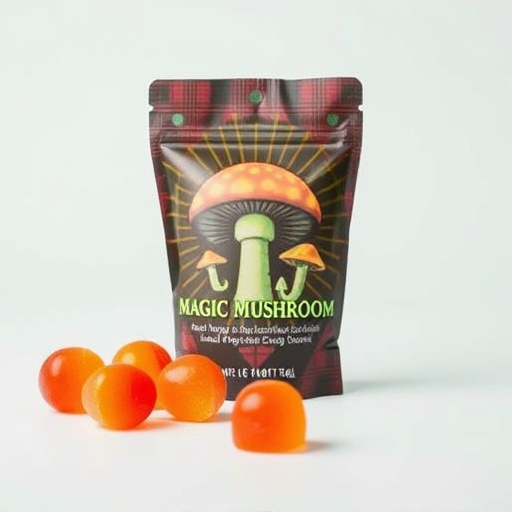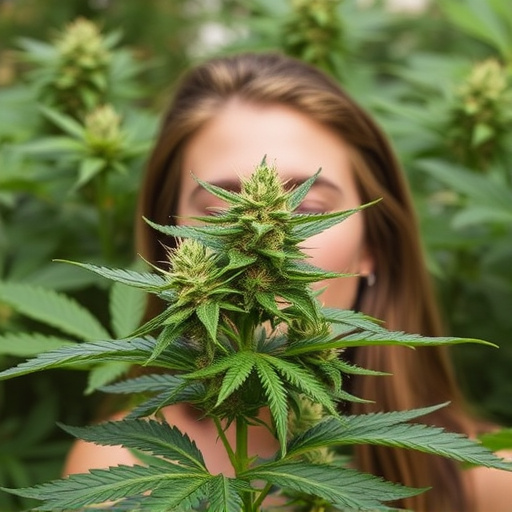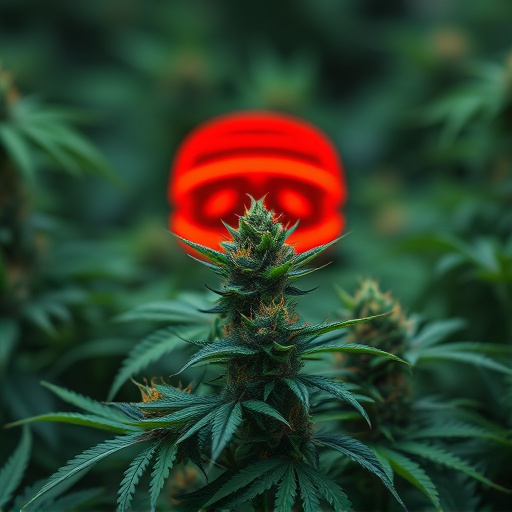Cannabis aroma is shaped by terpenes and phytocannabinoids, which not only create distinct scents but also interact with cannabinoids to enhance their effects. Certain terpenes in strains known for migraine relief offer soothing properties, making them popular choices. Each strain has a unique terpene profile determining its aroma and potential therapeutic benefits, crucial when selecting cannabis for migraines. Environment factors like microclimates, soil composition, and cultivation techniques significantly affect terpene synthesis, influencing the aromas of medicinal cannabis strains.
Unraveling the enigmatic aroma of cannabis is a captivating journey into its very essence. This article explores the multifaceted factors that contribute to the diverse scents we associate with different cannabis strains, from terpenes and unique chemical compounds to genetic diversity and environmental influences. Understanding these elements offers valuable insights, especially for consumers seeking specific relief, such as those using cannabis strains for migraines, where scent profiles can play a significant role in therapeutic effectiveness.
- The Role of Terpenes and Compounds in Cannabis Aroma
- Genetic Factors: How Strains Influence Scent Profile
- Environmental Impact on Cannabis Fragrance Development
The Role of Terpenes and Compounds in Cannabis Aroma

Cannabis aroma is a complex interplay of various chemical compounds, but terpenes and unique combinations of phytocannabinoids play a pivotal role in shaping the scent and flavor profile we associate with different cannabis strains. Terpenes, often referred to as ‘the essence’ of cannabis, are aromatic molecules produced by the plant that contribute significantly to its distinctive smells. These compounds not only influence the olfactory experience but also interact with cannabinoids, enhancing or modifying their effects. For instance, certain terpenes present in cannabis strains known for alleviating migraines may offer soothing and relaxing properties, making them popular choices among those seeking natural relief.
Each cannabis strain boasts a unique terpene profile, which, along with the specific arrangement of phytocannabinoids (like THC and CBD), determines the overall aroma and potential therapeutic benefits. The art of cultivating and selecting strains for their aromatic and medicinal qualities is essential in creating cannabis products tailored to various needs, including those seeking relief from migraines and other conditions. Understanding these chemical contributors allows consumers and researchers to navigate the vast array of cannabis options, making informed choices based on desired effects and sensory experiences.
Genetic Factors: How Strains Influence Scent Profile
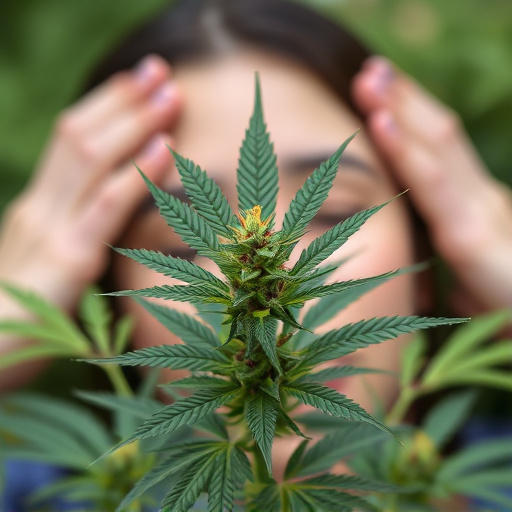
Cannabis plants, like many others, have a unique scent profile that is determined by a complex interplay of various factors. One of the most significant contributors to this aroma is genetic makeup or strain. Different cannabis strains possess distinct chemical compositions, resulting in varying olfactory experiences. For instance, some strains may emit floral and fruity notes while others lean towards earthy and woody scents. These differences are largely attributable to variations in terpene profiles, which are influenced by their genetic heritage.
When considering cannabis strains for treating migraines, understanding the scent profile becomes crucial. Certain terpenes, such as linalool and myrcene, are known to possess analgesic and anti-inflammatory properties. Some strains, rich in these terpenes, may offer relief from migraine pain and associated symptoms. Therefore, selecting a strain with an aroma that aligns with your preference and known effective terpenes can be a strategic approach to managing migraines naturally.
Environmental Impact on Cannabis Fragrance Development
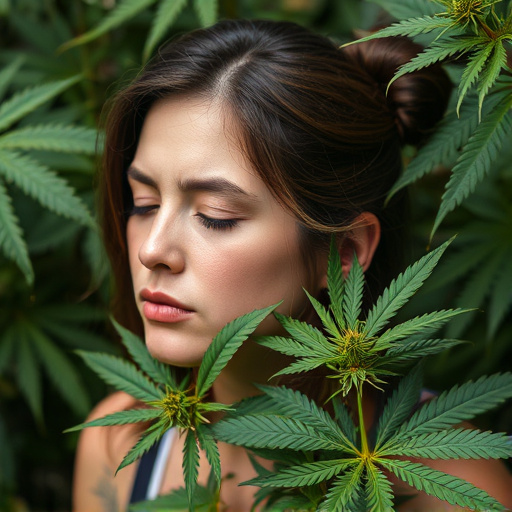
The environment plays a pivotal role in shaping the distinctive aromas associated with different cannabis strains, particularly those cultivated for specific medicinal purposes like alleviating migraines. Factors such as climate, soil composition, and cultivation techniques can significantly influence the development of cannabis fragrances. For instance, cannabis plants grown in regions with diverse microclimates may exhibit unique scent profiles due to varying levels of humidity, temperature, and sunlight exposure. These environmental cues trigger the synthesis of specific terpenes—the organic compounds responsible for the characteristic smells of cannabis strains.
Soil fertility and mineral content also contribute to the complexity of cannabis aromas. Nutrient-rich soils can promote the growth of a broader range of terpene profiles, offering a more diverse sensory experience. Moreover, cultivation methods like hydroponics or soil-based systems can impact aroma development. Hydroponic systems, for instance, allow for precise control over nutrient delivery, which can influence terpene expression and ultimately affect the fragrance of cannabis strains used for treating migraines or other medicinal applications.
In conclusion, the aroma of cannabis is a complex interplay between terpenes and compounds, genetic variations across strains, and environmental influences. Understanding these factors is key to unlocking the unique scents and potential therapeutic benefits, such as those sought by users looking for cannabis strains for migraines. By exploring these elements, researchers can continue to enhance our knowledge of cannabis and its impact on both scent perception and health.




